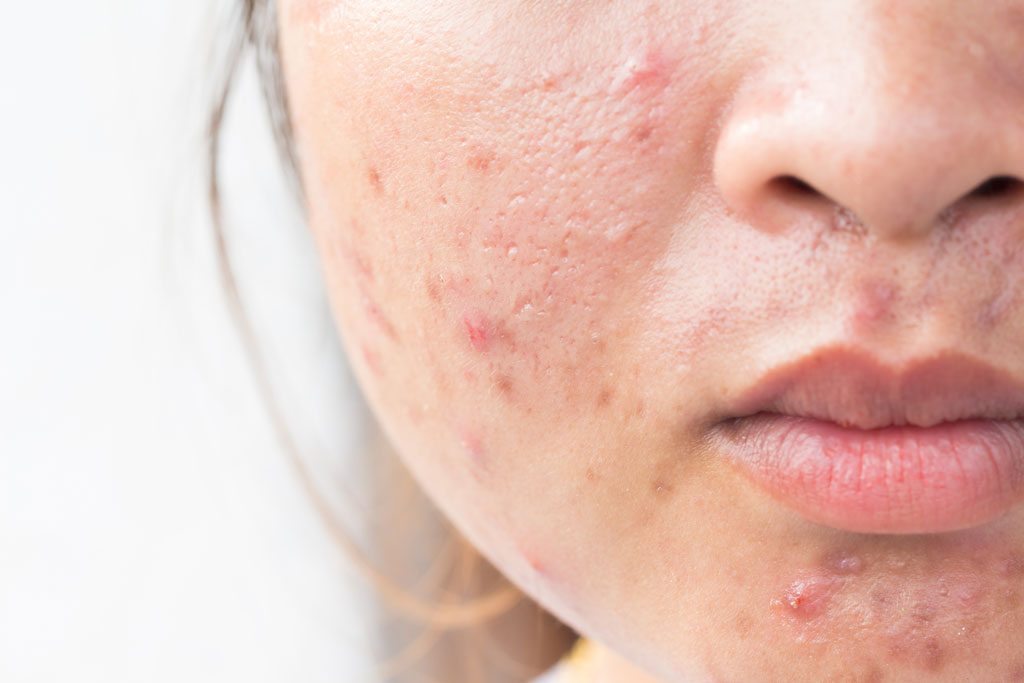Atrophic Scars
Atrophic scars are also called pitted scars as they are indented in appearance. These types of scars heal below the surface of the skin. They are also known as ice pick scars, and they are the most common type of acne scar. They are the result of your acne-causing trauma to the skin leads to fat loss in the skin. This type of acne scar is the most difficult to treat and may require a longer course of treatment before you see results.
Hypertrophic and keloid scars
If you have raised scars resulting from acne, you may have hypertrophic scars or keloid scars. Raised scars form because of a build-up of scar tissue that takes the place of where the acne once was. Hypertrophic scars take the same size and shape as the acne they replace. Keloid scars, on the other hand, can grow to be much larger and affect the surrounding skin beyond the site of the acne. People with darker skin tones tend to suffer more from these types of acne scars.
Rolling scars
Rolling acne scars occur when bands of scar tissue form underneath the skin. As a result, it gives your skin a wavy, rolling, and uneven appearance.
Boxcar acne scars
Boxcar scars are another common type of acne scar that forms as a result of the acne healing process. They appear as indents on the skin and can be defined by their sharp edges. You will usually find this type of scar on the lower cheeks or around the jawline. They are common in people who have had more severe acne.
If you want to know more about your acne scars, contact a member of our team to book a skin consultation.


